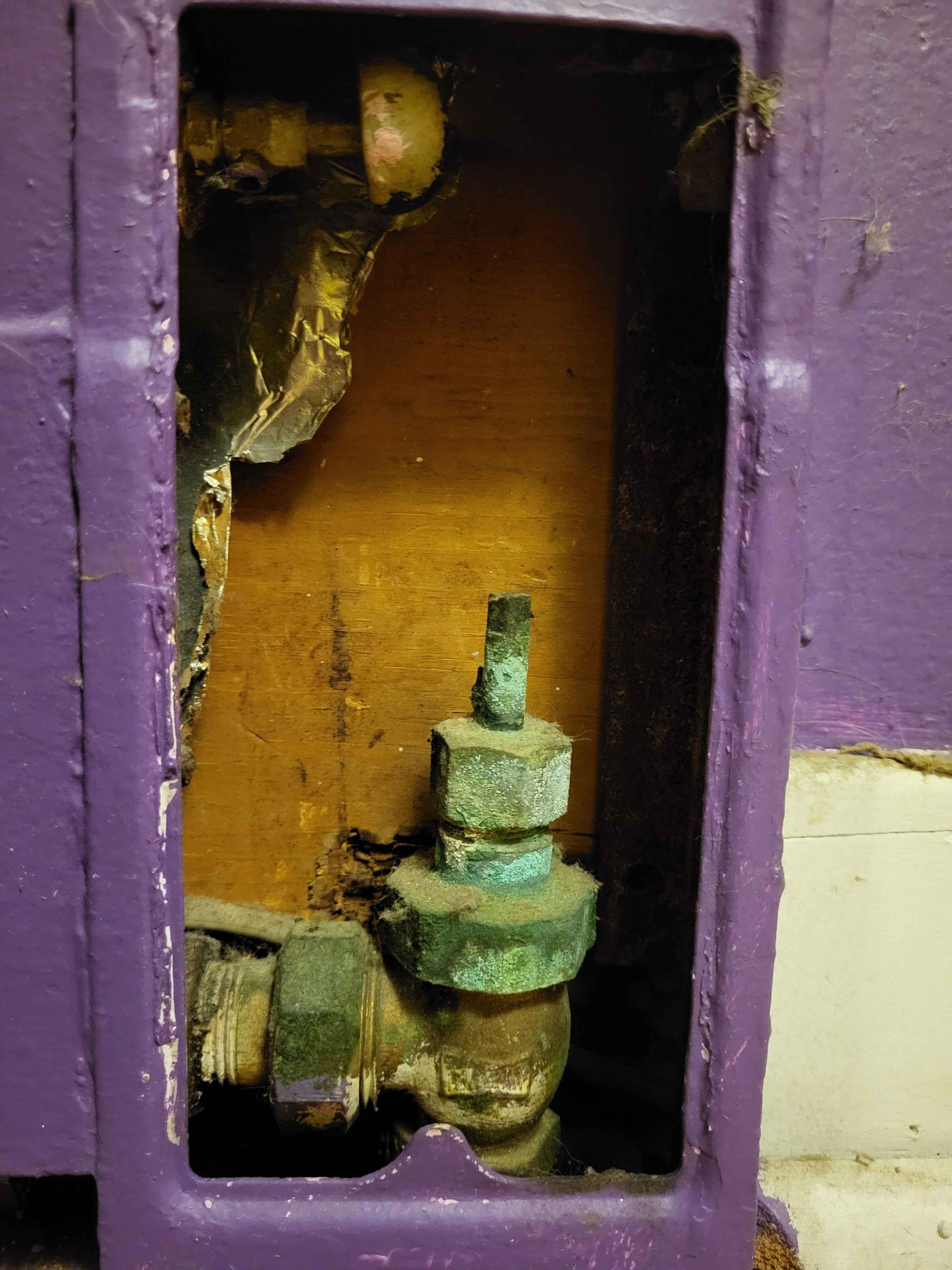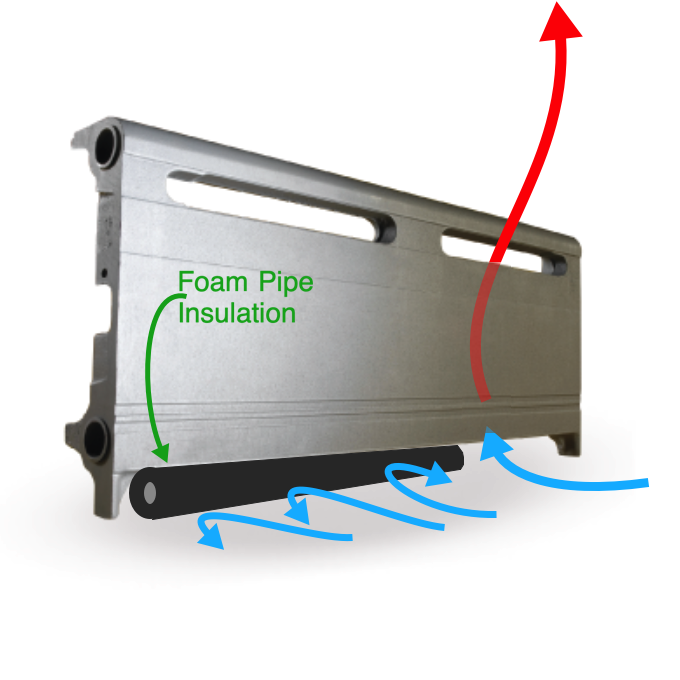How do I turn down the heat on this old radiator?
Hello everyone.
I live in an old rental apartment. Every radiator in the unit is constantly turned up way too hot. The building maintenance guy says there's a thermostat connected to the boiler for the building that should be controlling everything, but regardless it's still way too hot in my unit. Opening the windows doesn't help, and the maintenance guy insists the radiators aren't adjustable.
I believe this is what would be called a cast iron baseboard radiator.
Could someone kindly instruct me on which piece in the provided picture should be turned to close off the hot water to the pipes? I'm also worried about these pieces breaking as they look so old.
Thank you.
Comments
-
Can You post a picture of the entire radiator? Is there one or two pipes connected to it? Mad Dog
0 -
it looks like there is a bleeder above the valve so it is likely hot water.
0 -
is that a bleeder or another valve?
0 -
It looks like there is a little nipple on it so it looks like it is a bleeder. It actually looks like a try cock used as a bleeder.
0 -
I wouldn't touch it. Put a thick blanket over it and call the landlord. I would hope the landlord doesn't want the heat they are paying for going out an open window.
There are a few solutions a knowledgeable hydronics person could provide, that will save your landlord a ton of money…if they are interested.1 -
Thanks, everyone. I'll try to be more insistent about it and call the landlord directly.
0 -
Letters send by snail mail have a greater impact. Record the actual temperatures and show that you have the windows open in a couple photographs with a photo of the thermometer reading in your apartment. (you will need to purchase the thermometer yourself).
That type of radiator uses two of the three different means of moving heat from one place to another: Conduction, Convection and Radiation. (you can google this) That type of radiator uses convection of the air in your apartment moving across the floor and under the bottom of the radiator. When that cooler air from the floor reaches the radiator, it gets hot and becomes lighter and floats to the ceiling bringing all that heat with it. The air then floats across the ceiling and as it cools off across the ceiling it will fall to the floor and the cycle will continue as long as the radiator has hot water in it. This accounts for about 80 to 85% of the heating output of that radiator.
If you can purchase something like this Foam pipe insulation and place it at the bottom of the radiator opening to block the air flow resulting in that radiator not giving off as much heat.
The other way that a radiator heats your room is by radiation. That is the infrared light rays that travel through the air. The air does not get hot but when those infrared rays hit objects or people that heat is transferred to them. This accounts for about 15 to 20% of the heat capacity of that radiator. If you can block the air flow and leave the rest of the radiator visible, then perhaps the infrared heat will be sufficient for your apartment.
Edward Young Retired
After you make that expensive repair and you still have the same problem, What will you check next?
2
Categories
- All Categories
- 87.2K THE MAIN WALL
- 3.2K A-C, Heat Pumps & Refrigeration
- 60 Biomass
- 427 Carbon Monoxide Awareness
- 119 Chimneys & Flues
- 2.1K Domestic Hot Water
- 5.8K Gas Heating
- 115 Geothermal
- 165 Indoor-Air Quality
- 3.7K Oil Heating
- 75 Pipe Deterioration
- 1K Plumbing
- 6.4K Radiant Heating
- 394 Solar
- 15.6K Strictly Steam
- 3.4K Thermostats and Controls
- 56 Water Quality
- 51 Industry Classes
- 49 Job Opportunities
- 18 Recall Announcements






